Roads and traffic are the blood vessels and blood of modern cities and countries. The whole nation’s well-being depends on their efficiency since inefficient traffic planning can lead to a dramatic increase in accident death rates, community disconnection, environmental pollution, and even obesity.
The transportation industry is a sophisticated system with many external influencing factors, such as human errors and reactions, accidents, economic situations, and even time of year or day. Artificial intelligence (AI) uses all these datapoints to forecast the probability of different situations, thus, providing conditions for educated decisions. No wonder, UITP International Association of Public Transport reports that 86% of public transportation players are engaged in partnerships to develop and adopt AI technology projects.
Multiple use cases of AI in transportation industry apply computer vision services, such as object detection or object tracking. While the most eye-catching AI applications in transport are well-known to the public, such as self-driving cars, autonomous air taxis, or smart highways, multiple other use cases are less spectacular but still very useful. For example, intersections and pedestrian/cyclist paths are visually monitored by AI systems to detect traffic accidents and increase safety. Furthermore, AI in transportation researches traffic patterns looking for causes of delays or reasons for traffic congestion.
Let’s dive deeper into how AI in transportation improves our everyday lives.
Self-driving Vehicles
Smart driver assistants such as self-parking, lane recognition, and adaptive cruise control have become commonplace for many new cars. Some of them, such as Hyundai’s advanced cruise control, have been implemented widely. However, they don’t do the driver’s job completely.
Although autonomous vehicles are already a reality, full self-driving is hard to implement and requires a lot of work (and a ridiculous amount of data). Any confusion within real-time data transmission and processing in the vehicles can cause a fatal outcome. Hence, the projects are still not fully ready to run on every road.
In Tokyo, while autonomous taxis will be allowed on some roads in spring 2023, Japanese auto giants, such as Toyota Motor and Nissan Motor, have not given a time frame for rolling out cars or services that use AI for self-driving since even their significant resources have not resulted in the necessary advances in sensors and software yet.
In the United States, Waymo started to develop self-driving cars around 2010, introducing trucks and minivans within a certain number of states for testing on public roads in 2018, but mass production has yet to start.
Making autonomous vehicles safe for passengers obviously takes time; still, as technology evolves, self-driving cars will become more reliable and much more widespread. With the help of sensors, cameras, and GPS, artificial intelligence will have a huge effect on public transportation.
AI technology can reduce human error rates and monitor safety regulations compliance to decrease driving risks.
Pedestrian detection
Driving at night is a challenge for many drivers. Since computer systems can automatically identify pedestrians in images and videos, AI-powered cars can significantly improve the situation. In fact, auto-pilots (or, in the future, autonomous vehicles) can allow drivers to sleep/chat without causing any traffic accidents.
Pedestrian detection is an issue for Computer Vision and Pattern Recognition because pedestrians can behave unexpectedly, thus, in terms of data, providing multiple edge cases. As a result, these lead to difficulties in behavior prediction, which are among the greatest threats to self-driving cars’ success.
Moreover, there are still many other challenges in training data to overcome, including varying lighting parameters and the kinds of poses or clothing that pedestrians display. To overcome these issues, AI in transportation industry requires loads of training data, which will take a long time to obtain.
Traffic lights and signs management
In order to streamline traffic, artificial intelligence should be applied to traffic management to make the roads smarter and more eco-friendly. (Just think of eliminating all those unnecessary stops and starts!)
Using computer vision machine learning, AI processes, controls, and optimizes large amounts of data from multiple sensors and cameras installed on the roads. AI and big data systems analyze those data to reveal traffic patterns. The relevant insights provide smart systems with input for traffic predictions or road blockages. Using those inputs, artificial intelligence recognizes and predicts issues that may lead to congestion.
Traffic signaling and intelligent transport systems technology play an increasingly important role in road safety. For this, the timing and configuration of traffic lights are essential. For example, increasing pedestrian intervals to indicate “walk” several seconds before the turning traffic gets a green light improves pedestrian safety. This measure gives pedestrians a head start, which makes them more visible and decreases the risk of being hit. Another example is an AI-powered system created by Siemens Mobility. This monitors traffic through cameras, thereby changing traffic light patterns based on real-time road situations and, consequently, minimizing road congestion.
Innovative AI solutions include intelligent traffic surveillance and control systems to manage speed, provide lane departure warnings, and exchange information with urban traffic control systems. Vehicles nowadays interact with each other and the road infrastructure. This interaction, called Cooperative Intelligent Transport Systems (C-ITS), means that the data of these interactions can be shared with traffic managers. Vehicle-to-vehicle communication and vehicle-to-infrastructure communication channels are used for emergency braking warnings, distance sensing, improper-driving detection, collision-avoidance systems, weather-related skid warnings, and optimized intersection management.
Travel time predictions
Delays are another fundamental problem of transportation, especially air transportation. According to UC Berkeley, such delays could cost up to 32,9 billion dollars in the USA alone.
AI implementation represents a way to overcome flight delay costs while simultaneously addressing passengers’ negative experiences. Being capable of predicting the short-term effects of almost anything, from stormy weather to a certain number of technical issues that may cause flight delays, AI systems for aviation can shorten passengers’ waiting times. Processing real-time aircraft data, historical records, and weather information, artificial intelligence (AI) powered by machine learning (ML) reveals hidden patterns, providing the air transport industry (and passengers) with valuable insights into possibilities that may cause delays or cancellations.
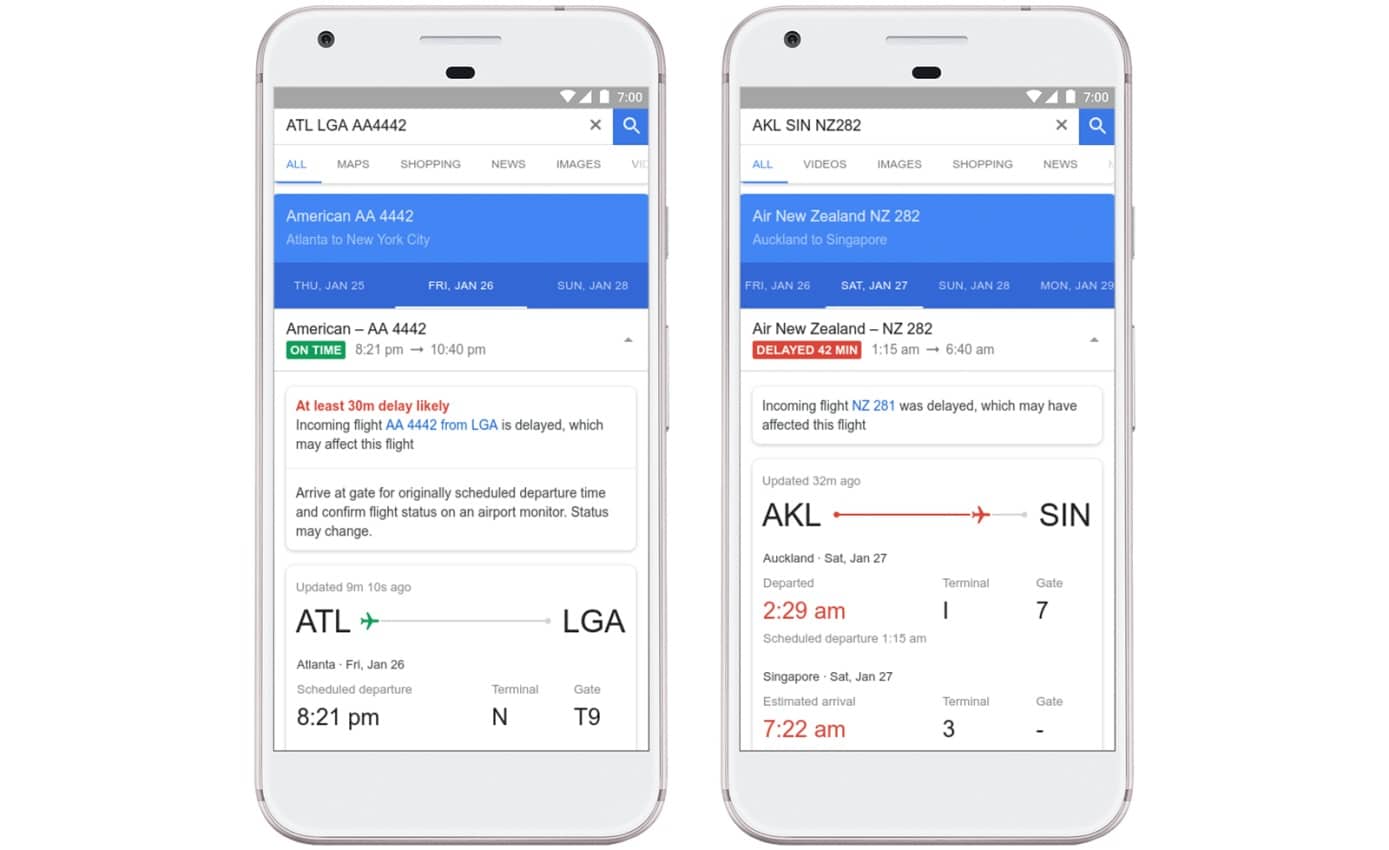
However, computer vision systems can also intermittently monitor cars, trucks, and buses, predicting delays. In addition, the cameras are relatively easy to deploy and maintain, and videos offer a clear and intuitive picture for people to review, unlike many other data collection technologies that provide numerical outputs.
Additionally, by training machine learning (ML) models using historical data in combination with real-time signals, AI refines arrival time predictions (ETAs) to be as close to real-world outcomes. For example, Uber created a routing engine that utilizes real-time traffic measurements and map data. It predicts an ETA as a sum of segment-wise travel times along the best path between two points. Then, the machine learning model predicts the amount of time that should be added to the routing engine ETA results to get real-world observed outcomes.
Road condition monitoring
Pothole damage costs drivers more than $3,000,000,000 per year in the US alone. Unfortunately, despite the best efforts of the driving public to force governments to act, the potholes do not disappear as quickly as desired and seemingly appear overnight.
However, computer vision in transportation AI can identify road defects successfully and assess the surrounding infrastructure by spotting changes in the roads’ surface.
Computer vision algorithms can identify the level of road damage and alert the relevant authorities for improving road maintenance.
The algorithms collect image or video data and then process those data to detect cracks and even classify them automatically. Moreover, these algorithms will soon adapt targeted rehabilitation and automated preventative maintenance techniques, free from human involvement.
In other words, Automated Pavement Distress (PD) detection improves road maintenance allocation efficiency while increasing road safety, providing real-time updates for faster repair, and saving time and money.
For example, EyeVi utilizes computer vision and machine learning in transportation to fix the problem of road surface damage.
Computer vision-powered parking management
Spending ages trying to find parking is a problem well-known even for Nobel laureates. Some of them joke, “The universe is expanding, but where do I park?” and that the prestigious award’s best perk is that precious, forever-reserved parking slot.
Finding a parking spot, unfortunately, isn’t fun for most people. It is usually stressful (as well as bad for the environment) and provokes traffic congestion.
Computer vision can rework parking management. First, parking lots should have sensors measuring the distance between cars to monitor any available spot. However, since such a sensor cannot scan license plates, it’s time for cameras, parking meters, and computer vision to get involved.
Using automatic number-plate recognition, artificial intelligence spots exact parked vehicles, as well as measures the prepaid amount of time of their parking.
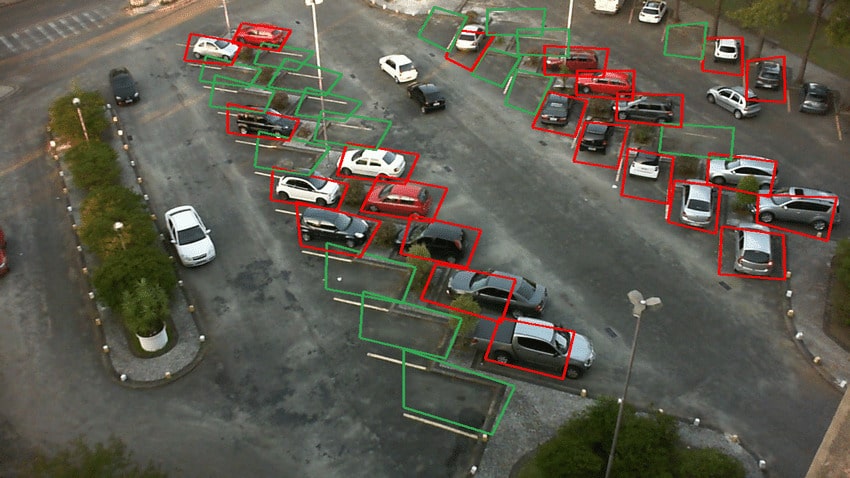
Then, the system can utilize those data to update the map of all empty and soon-to-be-available slots in real time. Drivers can then use the map on their mobile device to quickly find vacant parking spaces with low occupancy levels, saving a significant amount of precious time.
Automatic traffic incident detection and law enforcement
Due to its importance, traffic incident detection is one of the best-researched fields of AI in transportation industry. The leading goal is to ensure minimal disruption to traffic flows.
For a long time, video surveillance was the most efficient instrument for tracking road networks and intersections. It offered a real-time view of traffic, allowing authorities to respond to incidents as quickly as possible.
Nevertheless, it was humans who watched the video footage, and their abilities were limited. It is impossible for one person to monitor multiple cameras simultaneously with equal efficiency, resulting in incidents going undetected for crucial moments.
Here, automatic incident detection steps in. The computer vision system searches for incidents, queues, and unusual traffic conditions in the video, constantly monitoring all cameras. For instance, Motorola Solution provides an AI-enabled user interface to ensure critical events do not go unnoticed. Moreover, this AI in the transportation industry can even predict upcoming traffic difficulties.
For example, MindTitan, in collaboration with the Estonian Road Administration, created a traffic accident prediction model. The system uses data like offenses, accidents, weather conditions, location and timing of police patrols, etc. Based on these data, the forecasting model should predict the risk, severity, and root cause of traffic accidents. Thus, AI can improve road safety and reduce traffic.
Another instance is an AI project developed in Bellevue (WA), United States. Based on over 5 000 hours of video footage, researchers identified the accurate predictors of where crashes will occur. By processing data from 360-degree, high-definition traffic cameras installed at 40 intersections, the AI model identifies traffic hot spots within the city’s network. The cameras provide data on traffic volumes, cars’ speeds, and near-crash traffic indicators.
Another area of AI leveraging in transportation is law enforcement. Previously, since vehicles move at high speed, and detecting dangerous driving relied on human observation, the police typically became involved after an accident occurs. However, AI has resolved this problem. Intelligent systems help authorities detect people drinking or texting while driving and alert nearby officers to intercept them, preventing accidents before they happen.
Moreover, those smart systems can predict the best placement for police patrols. MindTitan is creating an AI system for the Estonian Police and Border Guard Board (PBGB) that can forecast emergency calls based on a number of factors, starting from historical data of issues and emergency calls and ending with weather conditions at the location.
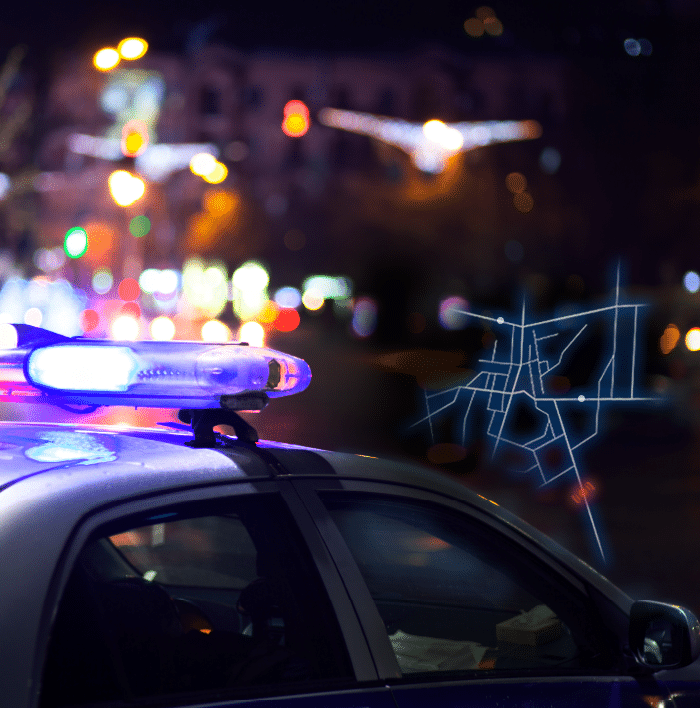
Automated license plate recognition
Automated license plate recognition uses computer vision systems analyzing video from the highway and street cameras to detect a license plate number, simultaneously marking the location, date, and time.
Then, a central server processes those images, identifying digits and letters with optical character recognition (OCR).
Usually, it’s used by the police to help them locate vehicles. For instance, in seconds, license plate recognition will help determine whether a car was at a crime scene at a particular time.
Moreover, this technology can also assist traffic, parking, or toll management by spotting travel patterns.
However, automated license plate recognition is often seen as controversial. Some people argue that automated license plate recognition can reveal private information about a driver’s life. Hence, it is wise to use this technology carefully.
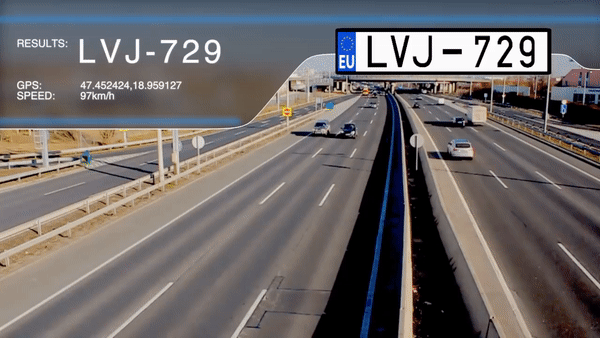
Driver monitoring
As many as 633 deaths from drowsy-driving-related crashes in 2020 happened in the USA alone, as the government reports. The UK government has described driver fatigue as “one of the main areas of driver behavior that needs to be addressed.”
Even though personal responsibility comes in, according to these disturbing statistics, it’s not enough. Unfortunately, just asking drivers to be more careful won’t do the trick. Many drivers dislike admitting their fatigue or even deny that such a state will impact their driving ability.
For safer driving and better monitoring, companies utilize computer vision, adding video equipment to car cabins. The technology looks out for things like drowsiness and emotional recognition by using face detection and pose estimation. Alerting a driver and advising them to pull over and rest, the AI can prevent hundreds of crashes and deaths yearly, offering a safer road for every traveler.
The same alert could appear when driver distraction is detected. At the moment of disruption —for example, while a mobile device is used—the AI system can immediately alert the driver, asking them to stay focused on the road. The AI system can also detect other distractions, such as chatting with a backseat passenger, impairing their concentration without the driver realizing it.
Benefits of AI in the transportation industry
While the application of artificial intelligence still varies across geographies, the adoption of AI technologies has had a massive impact on the entire transportation industry.
As an essential part of smart cities (urban ecosystems that emphasize the use of digital technology and shared knowledge to benefit public safety, health, mobility, and productivity), AI can enhance urban life in many ways.
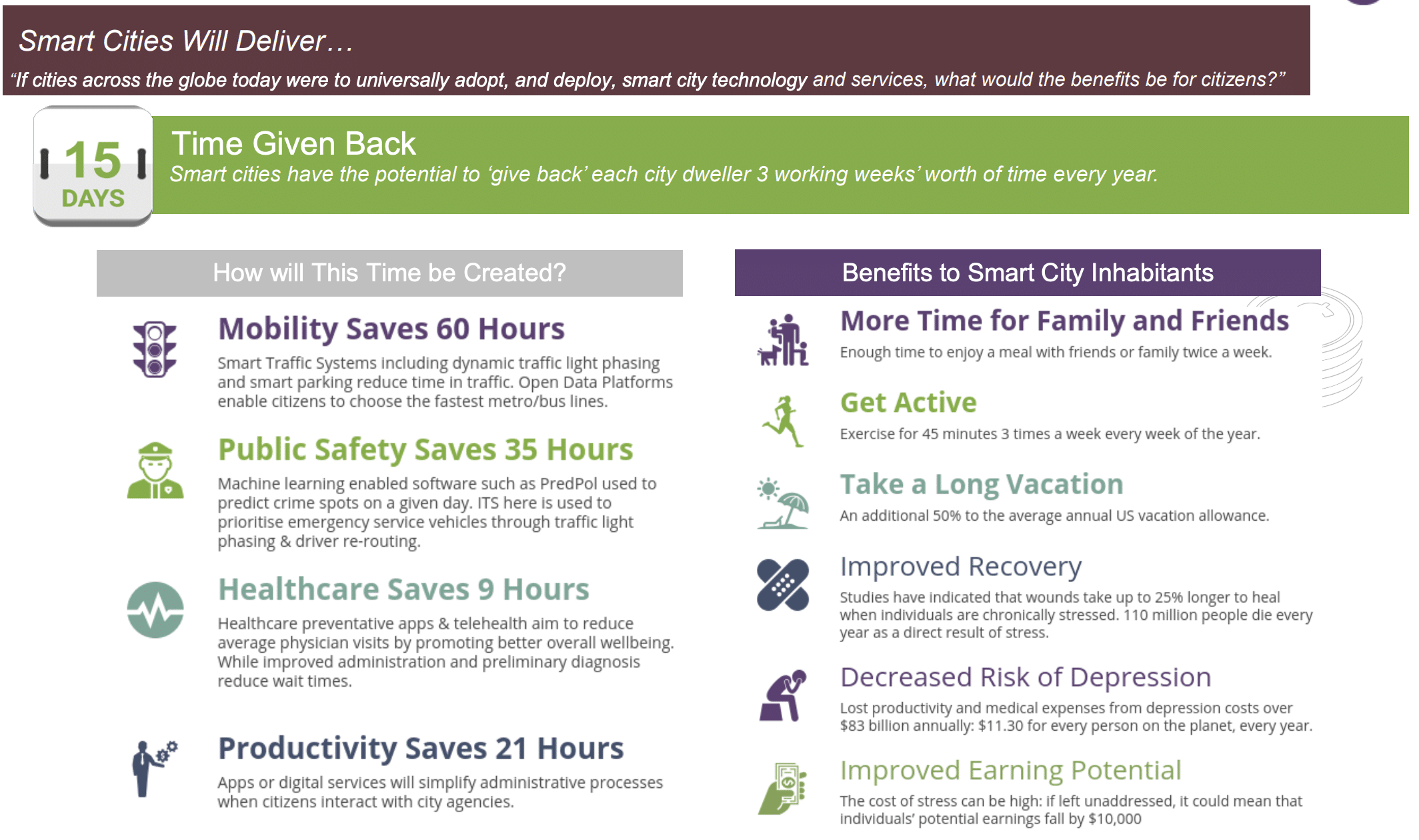
The list of machine learning benefits is already extensive, yet AI is still expanding, and the benefits will be too.
- Increased use of AI ensures reduced labor costs while providing higher profits.
- AI has a huge impact on safety and traffic accident monitoring and prediction. Additionally, data analytics in logistics helps upgrade transportation planning and increase safety in general.
- Traffic management becomes more effective as AI methods forecast traffic by using historical data on traffic and other relevant details.
- Logistic sectors and businesses with spread infrastructure gain from AI implementation by traffic detection in real time for optimal route adjusting, minimizing waiting time, et cetera.
Best practice for AI in transportation
- It’s common knowledge that AI projects require a lot of data. For some innovations, such as autonomous vehicles, so many edge cases given human behaviors mean that patterns are hard to predict. However, most AI use cases in transportation do not require that ridiculous amount of data. More important are their sources and quality.
- When planning an AI project, make sure you budget time for fixing situations with data as it is part of any AI project. It can be done partly, but not completely, before starting the AI project because you will discover that there is a difference between having good data and having good data that you can use for training AI.
- Finally, remember to be patient: Implementing the AI model into a system so that people or other systems can actually use it is a long process.
Conclusion
Artificial intelligence in the transportation sector can improve everyday life in many ways, starting from more comfortable and convenient traffic management and passenger safety to carbon emissions reduction. AI capabilities allow us to process complex data and to automate time-consuming tasks, such as continuous monitoring of traffic flow. Hence, road users can be sure that traffic is observed with super-human attention to prevent problems and enhance safety.
In the aviation industry, AI-powered systems, by identifying hidden patterns in traffic data based on bad weather and delay prediction, can increase revenue generation via smart fleet management.
However, since the transportation sector is a complex field with many factors of influence, it is essential to have a closer look at the real-life issue you want to resolve with a team of machine learning experts.


